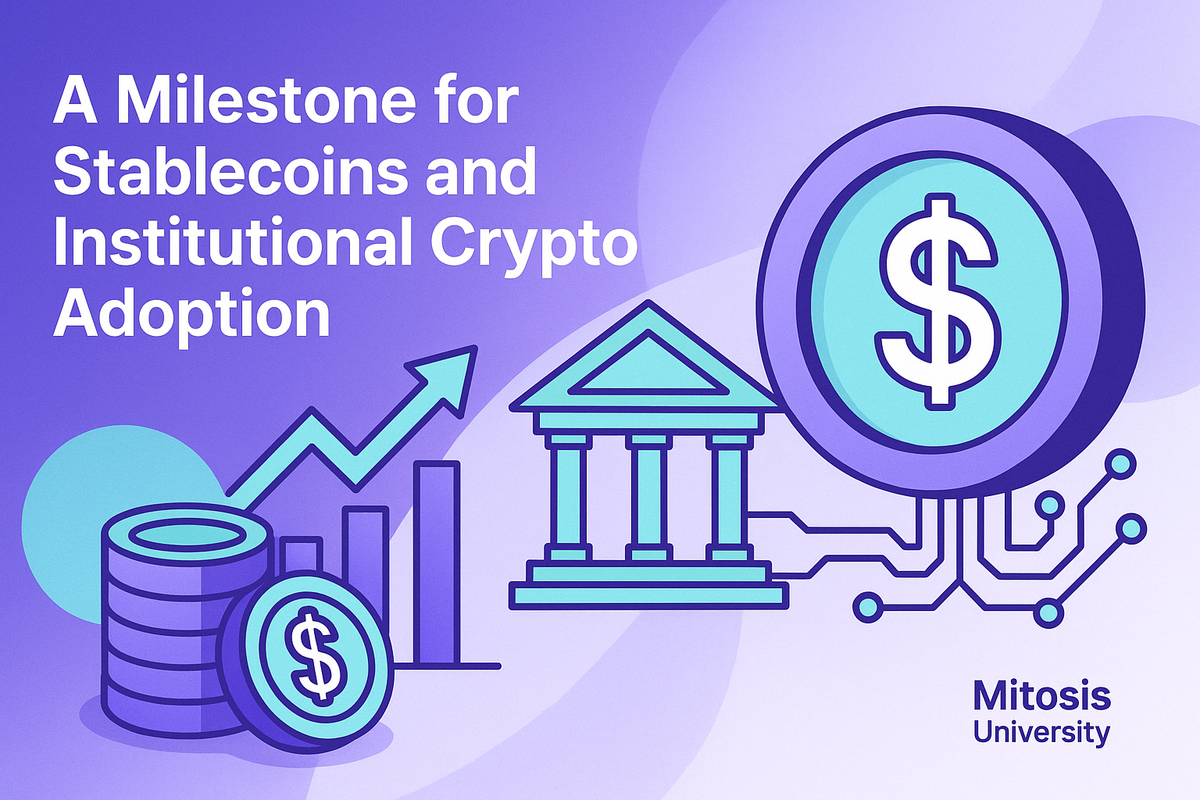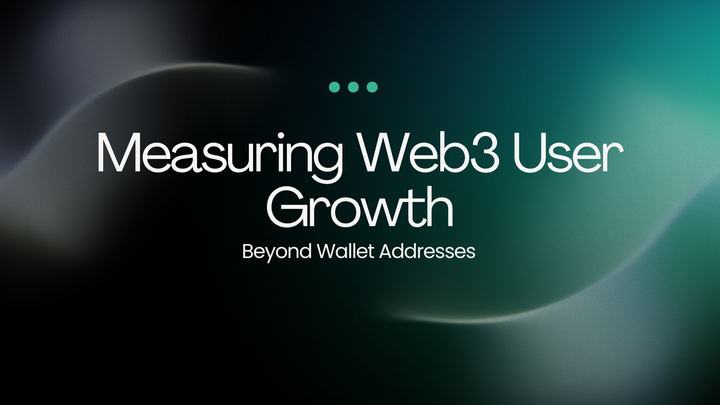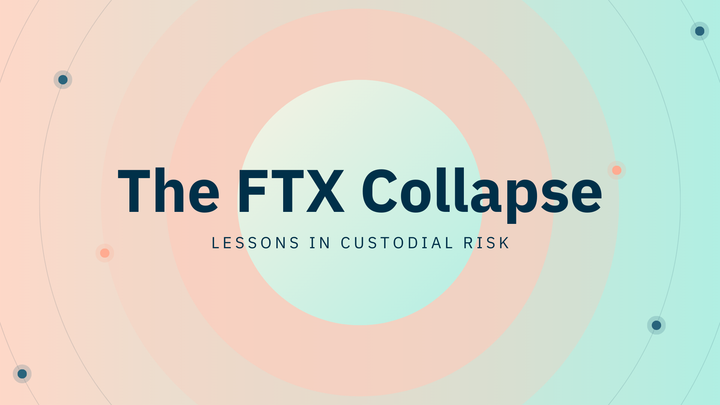Circle’s NYSE Debut, A Milestone for Stablecoins and Institutional Crypto Adoption

A Turning Point for Digital Finance
On June 5, 2025, Circle Internet Group, the issuer of the USDC stablecoin, made history with one of the most successful IPOs in crypto-related history. Its shares soared 168% on the first trading day, signaling a seismic shift in how institutional finance views stablecoins and blockchain infrastructure. For years, stablecoins have existed on the fringes of mainstream finance—used by crypto traders, eyed cautiously by regulators, and often dismissed by traditional institutions.
Circle's debut on the New York Stock Exchange (NYSE) upends that narrative. This event is more than a financial success; it’s a symbol of legitimacy for digital dollars in the eyes of Wall Street. In this analysis, we’ll explore the implications of Circle’s IPO, the regulatory and market forces driving its success, and what this means for the future of institutional crypto adoption.
A Record-Breaking IPO That Signals Confidence
Massive Market Reception and Institutional Support
Circle raised $1.05 billion by selling 34 million shares at $31 each—well above the original $24–$26 target range. Surging investor demand drove the share price to $83.23 on the first day and $107.50 by day two, pushing the company’s market cap past $22 billion. This performance marked the largest two-day post-IPO gain for any U.S. company raising over $500 million since 1980.
Notably, the IPO was backed by a who's who of Wall Street powerhouses—JPMorgan, Goldman Sachs, and Citigroup led the underwriting syndicate, with strategic interest from BlackRock and ARK Investment Management. This level of traditional financial involvement would have been unthinkable just a few years ago for a crypto-native company. Their participation signals growing institutional confidence in stablecoin-based financial infrastructure.
Volatility Reflects Demand, Not Doubt
Trading on day one was marked by rapid price swings and multiple halts, driven by limited share supply and intense interest. While such volatility is not unusual for high-profile IPOs, the magnitude here reflected investor eagerness to gain exposure to a regulated stablecoin issuer—a rare opportunity in a market long dominated by unregulated alternatives.
Regulatory Tailwinds and Enterprise Integration
Legislative Progress Solidifies Market Confidence
The timing of Circle’s IPO coincided with key legislative momentum. The U.S. Senate’s GENIUS Act—aimed at regulating stablecoin reserves and AML compliance—passed a procedural vote in May 2025. Similarly, Hong Kong introduced new laws requiring licensing and reserve audits for stablecoin issuers. These developments reduce the regulatory uncertainty that has kept institutions on the sidelines and provide a clear framework for compliant growth.
As one industry leader put it, “This act doesn’t just regulate stablecoins—it legitimizes them.” The promise of a globally harmonized regulatory landscape is reshaping how institutions assess stablecoins, making assets like USDC viable tools for enterprise payments, treasury operations, and financial infrastructure.
USDC’s Institutional Strategy Is Paying Off
USDC, with a market cap of $61 billion, has already processed over $25 trillion in transactions. But what sets Circle apart is its pivot toward enterprise payments. The launch of the Circle Payments Network (CPN) in May 2025 allows financial institutions to move money across borders using USDC—quickly, transparently, and with lower fees than legacy systems.
Major banks including Santander, Deutsche Bank, and Société Générale have joined the network, showcasing how USDC is being used for real-world B2B payments, not just crypto trading. Circle’s compliance-first approach—daily audits by Deloitte and full U.S. Treasury-backed reserves—further strengthens its appeal to conservative investors.
The Investment Case: Predictable Revenue, Competitive Moat
A Profitable Model Backed by Treasury Yields
Unlike many crypto companies reliant on volatile transaction fees, Circle operates what some call an “interest factory.” In 2024, it generated $1.7 billion in revenue—mostly from interest earned on USDC reserves—and posted $156 million in net income. For institutions, this offers exposure to the growth of digital finance without the wild swings of speculative tokens.
This stable, cash-flow-positive model makes Circle look more like a fintech bank than a crypto startup—an appealing proposition for pension funds, asset managers, and insurers seeking new yield sources.
First-Mover Advantage and Regulatory Edge
Circle’s emphasis on transparency and regulation gives it a clear edge over competitors like Tether, which has long faced scrutiny. Circle is the first to secure a MiCA license in the European Union and holds licenses in multiple jurisdictions. This positions it as a trusted infrastructure provider as governments tighten crypto oversight worldwide.
As regulations take shape globally, Circle’s early compliance investment is becoming a competitive moat—one that’s likely to widen over time as new entrants face higher barriers to institutional acceptance.
Conclusion: What Circle’s IPO Means for the Future of Finance
Circle’s blockbuster IPO is more than a market event—it’s a signal. A signal that stablecoins are entering the financial mainstream. That institutional investors are no longer sitting on the sidelines. And that regulated, blockchain-based financial infrastructure is not just viable, but increasingly essential.
Key Takeaways:
- Circle’s IPO legitimizes stablecoins as investable, regulated financial assets.
- Institutional demand for compliant digital dollar infrastructure is surging.
- Circle’s regulatory-first model and enterprise payment strategy create long-term growth potential.
Looking Ahead:
Will other crypto firms follow Circle into public markets? How will global stablecoin regulations evolve? And will stablecoins eventually rival traditional financial networks like SWIFT?
One thing is clear: Circle has built more than a coin—it’s building the rails for the next era of global finance.



Comments ()